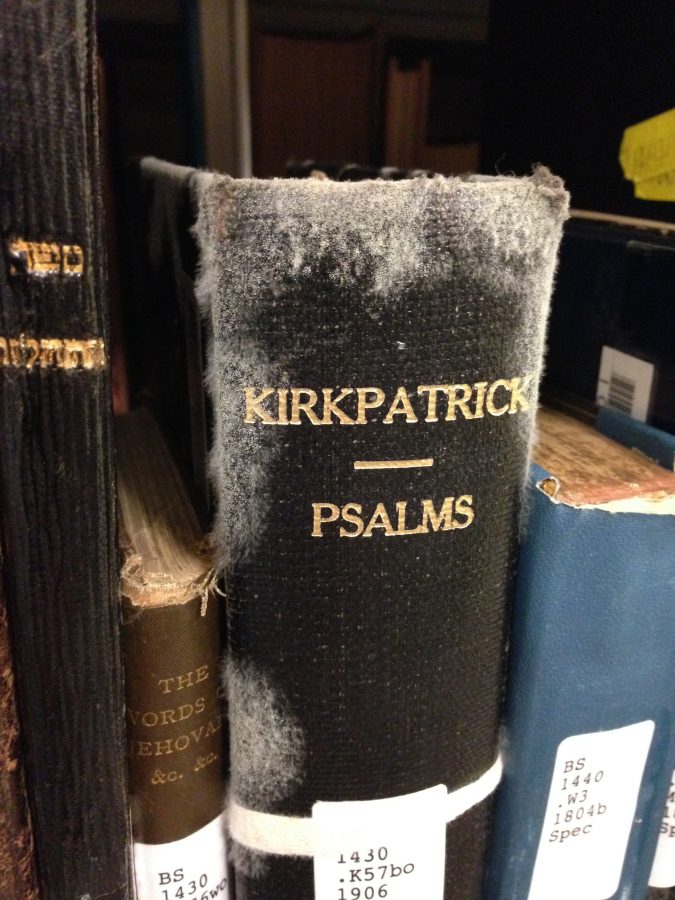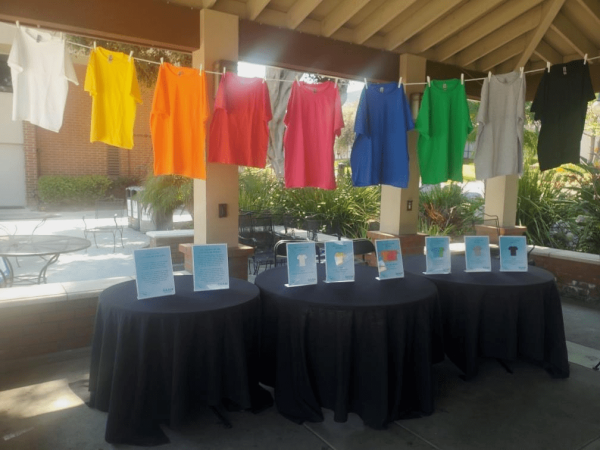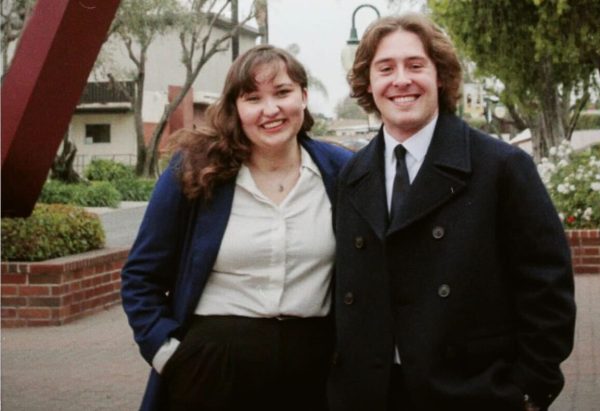Library archives mold free, reopen date uncertain
The library archives are now mold free but will still remain closed.
Mold was found in the library archives on September 23. To help determine why the mold started growing, Healthy Buildings has installed data loggers in the archive room to get hourly readings on the temperature and moisture in the room, Beth Cain, assistant director of facilities management said. | Photo courtesy of Matt Johnson
November 4, 2013
The library archives are still closed as the library addresses the non-toxic mold found on Sept. 23. HAR-BRO Restoration Services completed the cleanup on Oct. 25 and left the archives room in containment over the weekend, said Bill Bowman, senior project manager for Har-Bro. The cost of the cleanup is estimated to be between $12,000 and $14,000, said Beverly Cain, assistant director of facilities management.
Healthy Buildings’ official assessment reported that the mold was definitely not toxic, Cain said. Facilities management turned the situation over to Har-Bro after Healthy Buildings did the initial investigation, due to the fact that Healthy Buildings does not handle clean up of books and paper items, said Sue Whitehead, interim co-director of the library. The mold was isolated to the archive materials and shelving but did not spread to any part of the building, Whitehead said.
Archives still unavailable
There does not appear to be any damage to the archive books, Cain said. However, the room still has to be assessed by the library to determine for certain, Whitehead said.
The archives have been closed since Oct. 1, and it is still uncertain when students will be allowed access again, Whitehead said.
Cause unknown
The cause of the mold has yet to be determined, and facilities management is still looking into the issue, Cain said. Improving the airflow into the archives room by modifying the air conditioning system is a potential solution, Cain said. The cause is likely tied to added humidity in the room, but it cannot be said for certain, Bowman said.
There has never been a previous mold issue in the library, Cain said.
Clean up cost and process
The cleanup process consisted of using high-efficiency particulate air vacuums on the infected areas and then leaving the room in negative pressure for a couple of days, Bowman said. Negative pressure prevents the air from escaping the room by making the inside pressure lower than the outside while the vacuums trap the mold.







